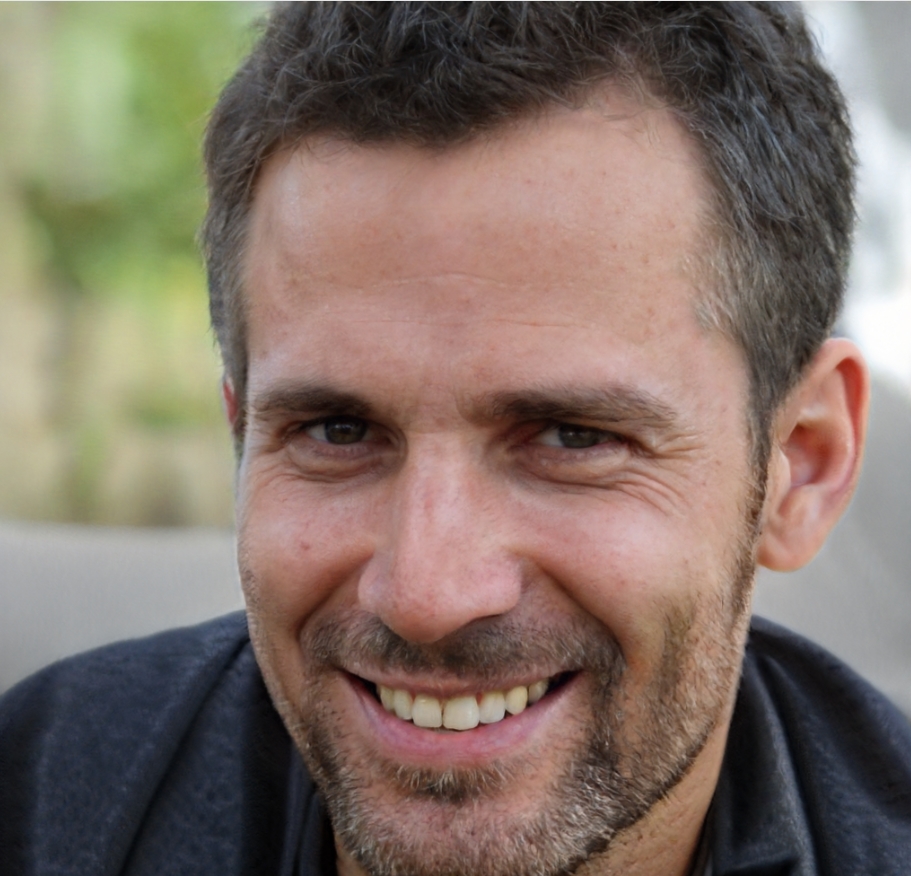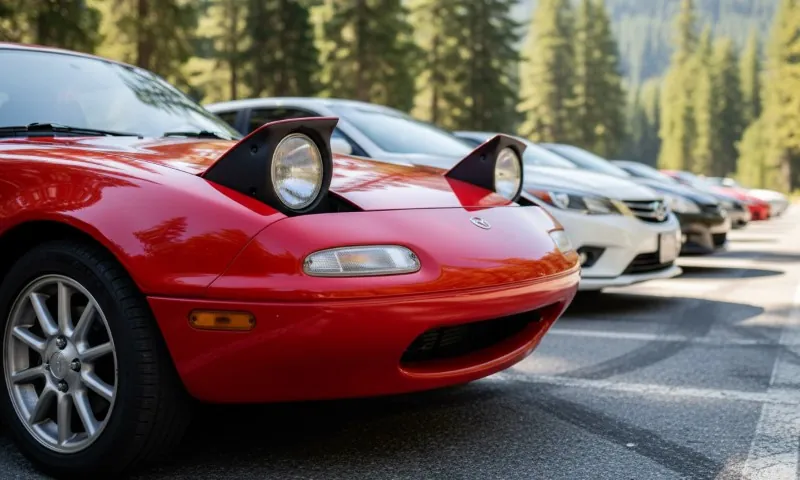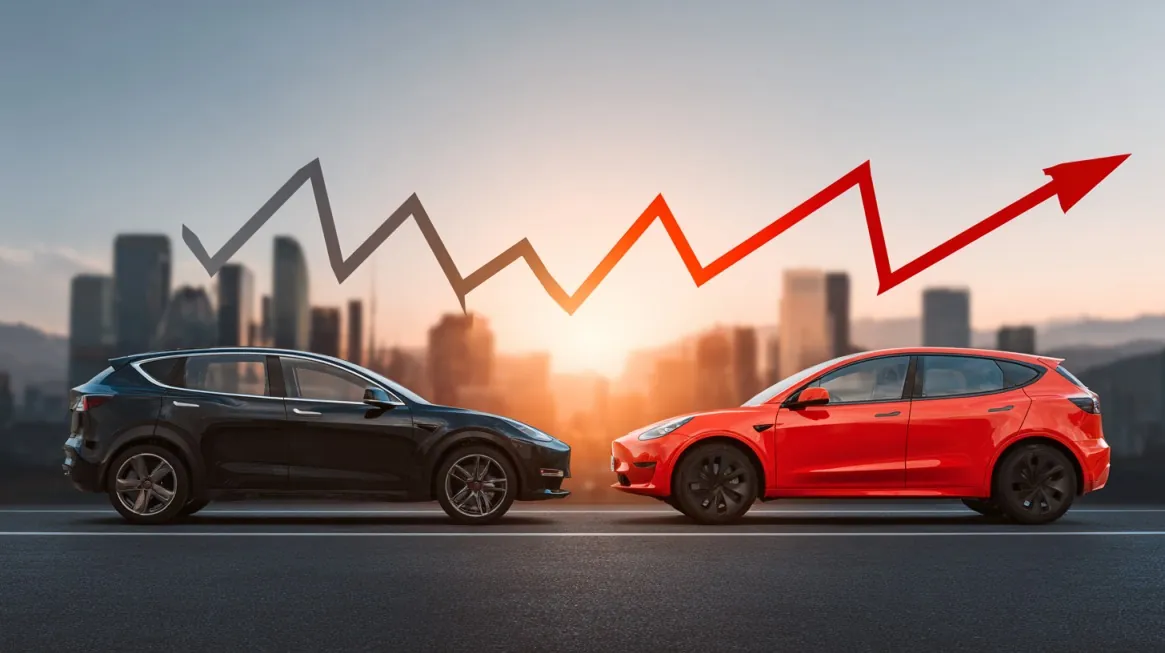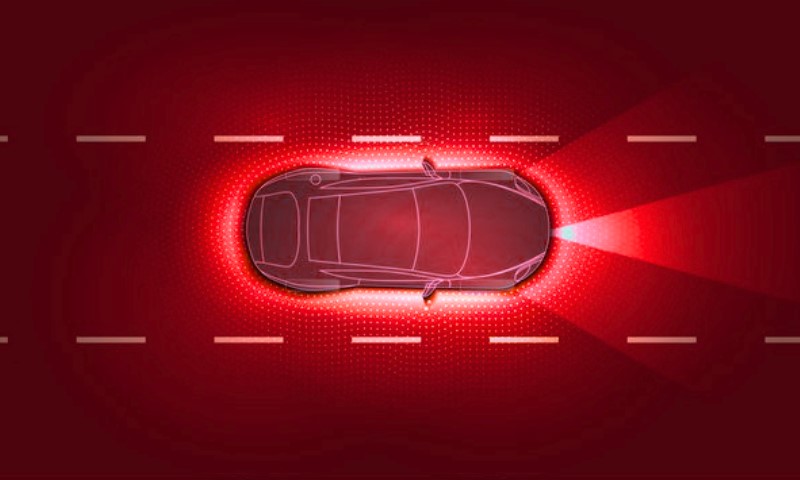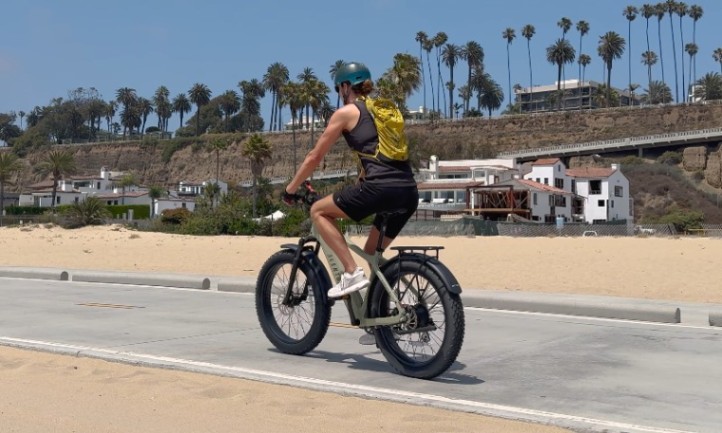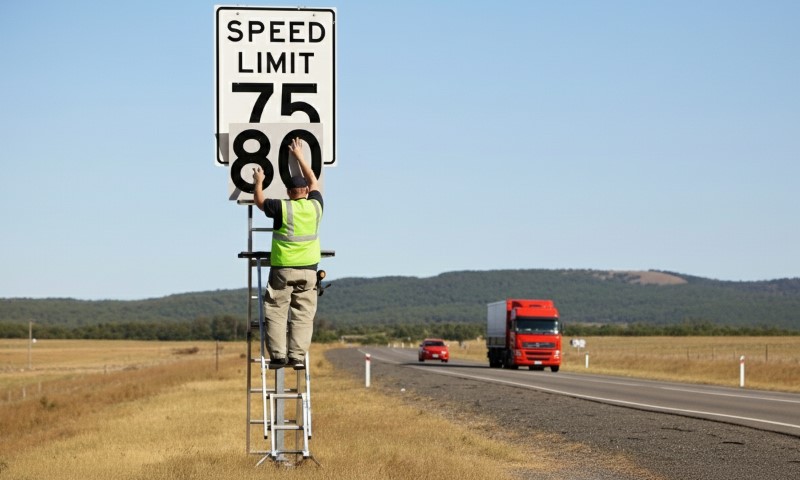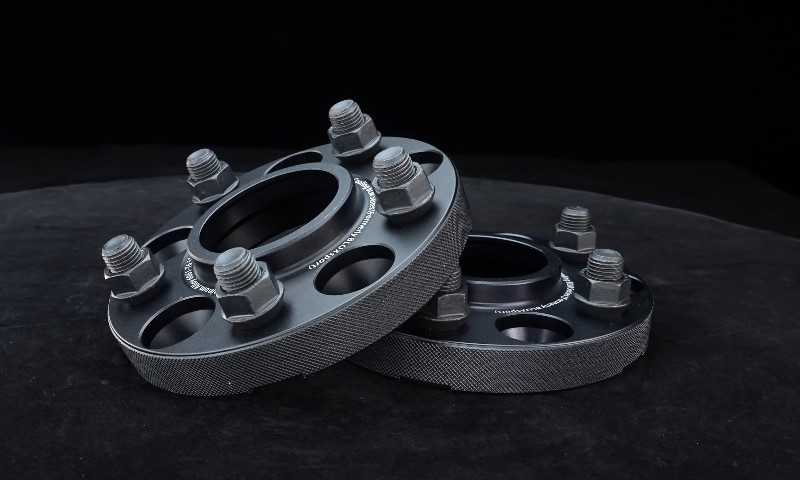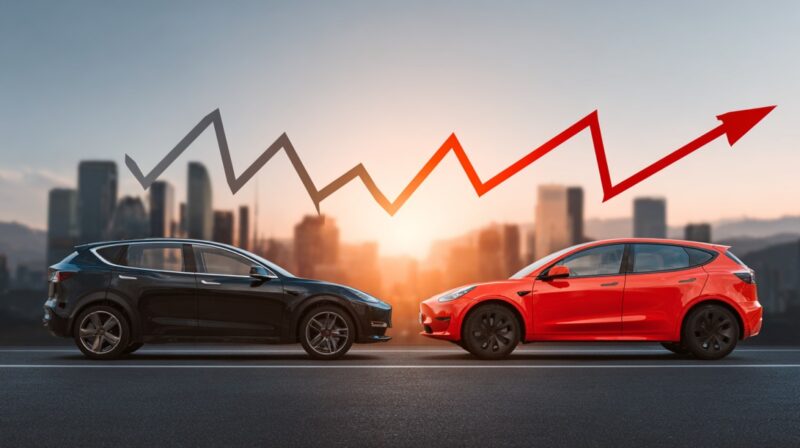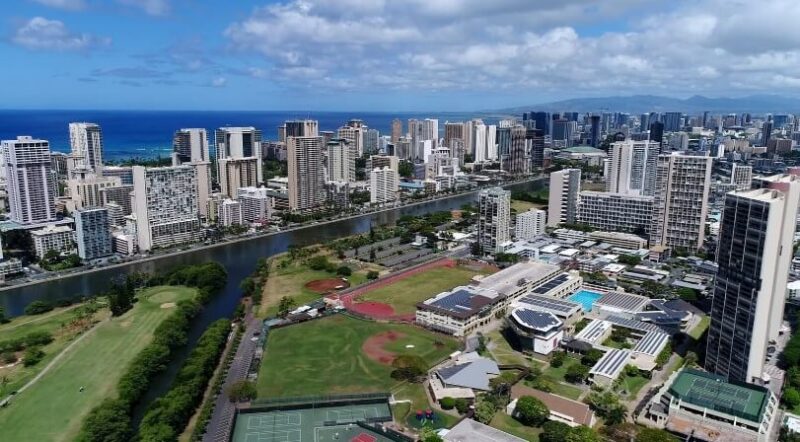
Share Post:
When you start looking at how cities handle car safety and emissions, a few things jump out: what’s national, what’s local, and who’s pushing hardest to clean up the roads.
In the U.S., safety rules are the same whether you’re driving through Phoenix or Pittsburgh. But when it comes to emissions? That’s where the differences begin to show, not just in the USA, but across the world.
Across the country, cities are stepping up with tough regulations to tackle air pollution, climate change, and public health threats from vehicle emissions.
Some of these cities are practically rewriting the playbook. Others are fine-tuning their policies to squeeze every bit of pollution out of their skylines.
Here’s a look at the cities doing the most, how they’re doing it, and why it matters for all of us.
Table of Contents
ToggleIt All Starts With Car Safety Standards
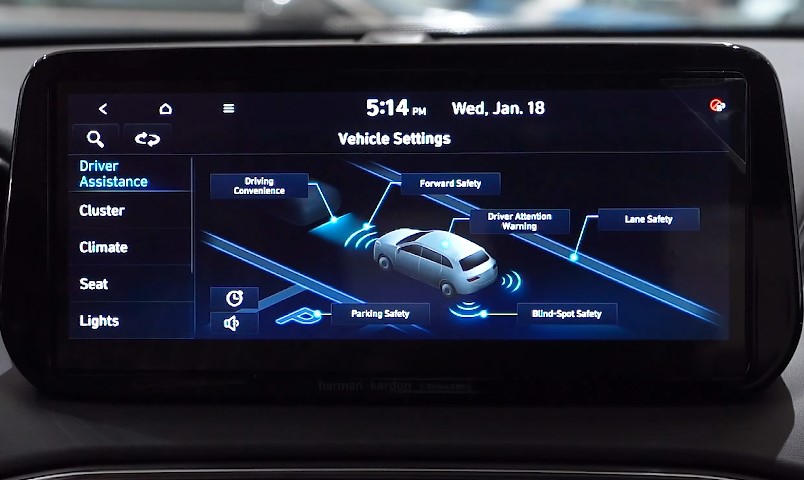
Let’s clear one thing up first: vehicle safety isn’t decided city by city. It’s national. The National Highway Traffic Safety Administration (NHTSA) sets the Federal Motor Vehicle Safety Standards (FMVSS), and every car sold in the U.S. has to follow them.
What Safety Standards Cover
- Crashworthiness: Vehicles must pass rigorous crash tests: frontal, side, and rollover.
- Mandatory Equipment: Think seatbelts (required since 1968), airbags, rearview cameras, and automatic emergency braking.
- Advanced Driver Assistance Systems (ADAS): Features like pedestrian detection, lane-keeping support, and adaptive cruise control are part of the evaluation criteria for safety ratings.
The result? A relatively level playing field when it comes to how safe your car is in Anchorage or Atlanta. What cities can control is what happens outside the car – like speed limits, road design, traffic enforcement, and bike lanes.
Places like Boston and Seattle have taken that seriously through Vision Zero initiatives to eliminate traffic deaths.
But emissions? That’s a whole different story.
Why Emission Standards Vary Across Cities
Unlike safety, emission regulations can, and often do, change from state to state, and even city to city. It all traces back to the Clean Air Act. While the Environmental Protection Agency (EPA) sets a federal baseline, California gets a unique carve-out.
Thanks to a waiver, the state can enforce tougher rules through its California Air Resources Board (CARB). Other states can choose to follow either federal standards or join the CARB system.
As of 2025, 17 states plus D.C. follow California’s lead. Cities within those states benefit from higher standards across the board. Some even take things further with their own programs and tighter enforcement.
Here are the cities going above and beyond.
1. Santa Fe, New Mexico
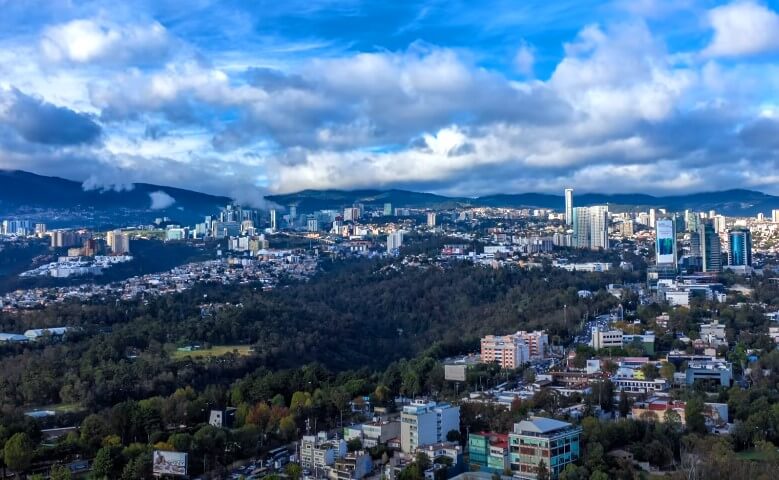
Santa Fe doesn’t just go along with the rules – it actively protects its pristine air. The city’s emission standards surpass EPA minimums, in part thanks to New Mexico’s adoption of CARB standards in 2011.
With the nearest major power plant 200 miles away, the city’s biggest concern is tailpipe emissions.
What It Means on the Ground
- CARB-compliant vehicle inspections
- Strict enforcement tied to registration
- Policies that prioritize minimal urban pollution
Santa Fe sets an example of how a city with low industrial activity can still enforce high-impact emission rules.
2. London, United Kingdom
London’s air quality crisis came to a head years ago, with dangerously high levels of nitrogen dioxide and particulate matter choking the city. In response, the capital didn’t just tweak policy – it reinvented it.
What It Means on the Ground
- Ultra Low Emission Zone (ULEZ): First launched in central London in 2019, ULEZ charges vehicles that don’t meet strict emission standards. It was expanded to cover all boroughs in 2023.
- Congestion Charge: On top of ULEZ, drivers pay a daily fee to enter the most traffic-heavy zones during business hours.
- Zero-Emission Bus Fleet: Transport for London (TfL) is phasing in an all-electric and hydrogen-powered bus system, aiming for a completely zero-emission fleet by 2034.
- Tight Vehicle Standards: London enforces Euro 6 standards for diesel and Euro 4 for gasoline vehicles, tougher than the national minimums.
London’s approach has been aggressive, tech-driven, and built on real-time monitoring. Cameras, license plate recognition, and air quality sensors give the city the tools to enforce, adapt, and inform – fast.
The expansion of ULEZ has driven a surge in demand for low-emission rental options, making PCO Car Hire a go-to choice for licensed drivers.
3. New York City, New York
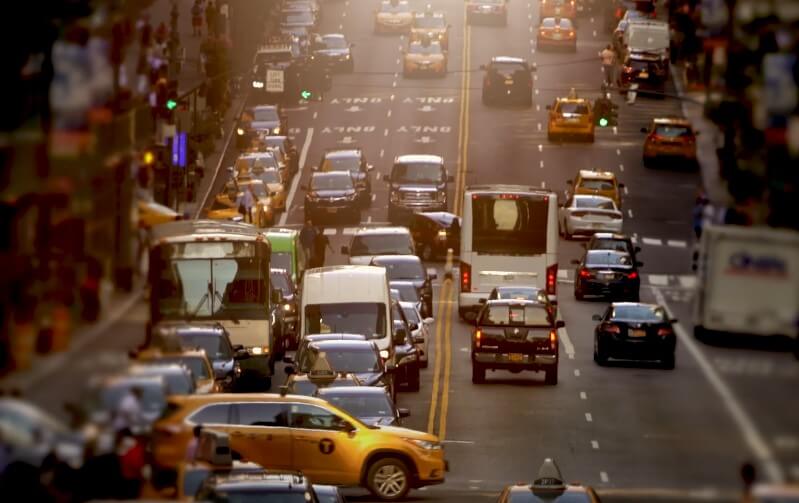
Traffic in New York City never really stops. With millions of cars on the road and just as many people packed into tight spaces, air quality takes a hit fast.
That’s why New York enforces some of the toughest testing in the country – more stringent than what’s required at the state level.
What It Means on the Ground
- Enhanced vehicle emissions inspection for all registered vehicles
- Heavy-duty diesel inspection program
- Investments in electric buses, congestion pricing pilots, and cleaner delivery fleets
4. Los Angeles, California
Few cities have the smoggy legacy that L.A. carries. Back in the 1940s, people literally choked on thick, brown air.
Today, thanks to California’s CARB programs, L.A. is cleaner, but it still fights one of the toughest battles in the country.
What It Means on the Ground
- Enforcement of CARB’s Low-Emission Vehicle (LEV) and Zero-Emission Vehicle (ZEV) rules
- A requirement for automakers to increase electric vehicle (EV) sales annually
- Incentives for EV purchases and chargers, plus penalties for high-polluting vehicles
Los Angeles continues to be a proving ground for emissions tech. New cars sold in the city run about 90% cleaner than they did 20 years ago, despite massive growth in traffic.
5. Seattle, Washington
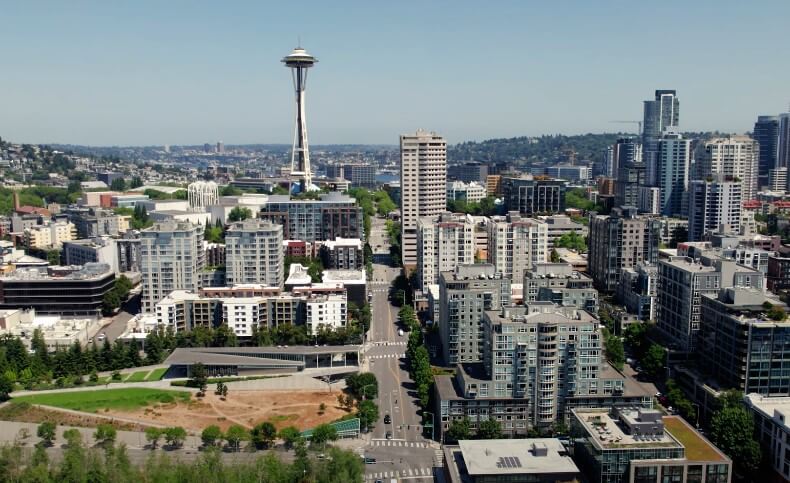
Seattle doesn’t just talk about going green – it’s wired into the city’s culture. Washington adopted CARB standards back in 2005 and expanded them in 2022 to include medium- and heavy-duty vehicles.
What It Means on the Ground
- Mandatory CARB testing for new and used cars sold or registered
- EV purchase rebates and public infrastructure expansion
- Supportive policies like low-emission zones and green fleet requirements
Seattle also benefits from a progressive state government and local agencies that reinforce the rules with on-the-ground enforcement.
6. Honolulu, Hawaii
Island cities like Honolulu face different kinds of pressure. With a heavy reliance on imported fuel and a vulnerable environment, the stakes are higher. Honolulu has introduced strong emission policies with the goal of phasing out fossil fuels altogether.
What It Means on the Ground
- Hybrid vehicles dominate the public transit system
- Ongoing construction of a light rail system to cut down on car use
- Strong local mandates to limit private vehicle pollution
By focusing on alternatives to personal vehicles and strict emissions caps, Honolulu is crafting a long-term plan for sustainability.
7. Stockholm, Sweden
In Stockholm, emissions policy is part of a broader, deeply embedded ethos of clean living and smart design.
Long before low-emission zones were trendy, the city was making structural changes to how people move.
What It Means on the Ground
- Congestion Tax System: Stockholm introduced its congestion pricing back in 2007. It was one of the first cities in the world to use dynamic road pricing to manage emissions and traffic flow.
- Low Emission Zones (LEZ): Older diesel vehicles are banned from key zones, with rules that tighten every few years.
- Incentives for Clean Cars: The city offers benefits like free parking and tax credits for EVs and plug-in hybrids, in addition to Sweden’s national subsidies.
- Public Transit and Bike Infrastructure: Stockholm has invested heavily in electrified commuter trains, biofuel buses, and protected cycling lanes.
What really sets Stockholm apart is consistency. Every change feeds into a bigger, long-term goal: becoming fossil-fuel free by 2040. And they’re on track. Between 1990 and 2020, the city cut transport-related emissions by over 60%, all while growing its population and economy.
Honorable Mentions
Several other U.S. cities benefit from CARB adoption and take additional steps to strengthen their emission standards. Here’s a quick look:
| City | State | Key Policies |
|---|---|---|
| Boston | Massachusetts | CARB standards since 1995; proactive transit investments |
| Portland | Oregon | CARB since 2009; known for green urban planning |
| Denver | Colorado | CARB adopted in 2022; tough rules for GHGs |
| Philadelphia | Pennsylvania | CARB since 2001; local inspection systems |
| San Francisco | California | Additional citywide EV mandates and incentives |
Each of these cities combines state-level compliance with local efforts to cut down on pollution, modernize transportation, and clean up urban air.
Why the Push for Stricter Emission Rules?
You hear about emissions every time someone talks about climate change, but it goes deeper than just the atmosphere. Here’s why cities are tightening the rules.
Public Health
Pollutants like PM2.5, NOx, and ozone are directly tied to asthma, heart disease, and premature death. When cities cut emissions, people literally breathe easier. Studies show reductions in vehicle emissions save lives and lower healthcare costs.
Environmental Impact
Cities with cleaner fleets contribute less to the greenhouse gases warming the planet. It’s not just about meeting federal goals – it’s about preserving local air, water, and ecosystems.
Technological Leadership
The push for cleaner cars has driven innovation. Think catalytic converters, EV batteries, and regenerative braking. Many of these technologies emerged thanks to California’s forward-leaning rules, which were often later adopted nationwide.
Not Everyone’s on Board
Implementing tough standards doesn’t always go smoothly.
- Higher Costs: Some manufacturers argue that strict rules drive up prices. But others counter that long-term fuel and maintenance savings make up for it.
- Political Pushback: During the Trump era, the federal government attempted to revoke California’s ability to set its own rules. Legal challenges followed, highlighting the friction between federal oversight and state rights.
- Enforcement Gaps: Not every car meets its lab-tested numbers on the street. Scandals like Dieselgate showed how companies can cheat the system without strong oversight.
Still, even with hurdles, the shift is happening.
Wrapping It Up
Cities like Santa Fe, New York City, Los Angeles, Seattle, and Honolulu are setting a high bar for what local governments can do to fight pollution. Whether it’s decades of work like in L.A., or newer policies like in Denver, the trend is clear: the cleaner your fleet, the better your city’s future.
Car safety might be federally mandated, but emissions give cities room to lead. And many are stepping up, with results you can feel in the air.
As vehicle technology continues to evolve, expect more cities to join the list of leaders, enforcing cleaner fleets, incentivizing electrification, and reshaping how we think about transportation’s role in public health and climate protection.
Related Posts:
